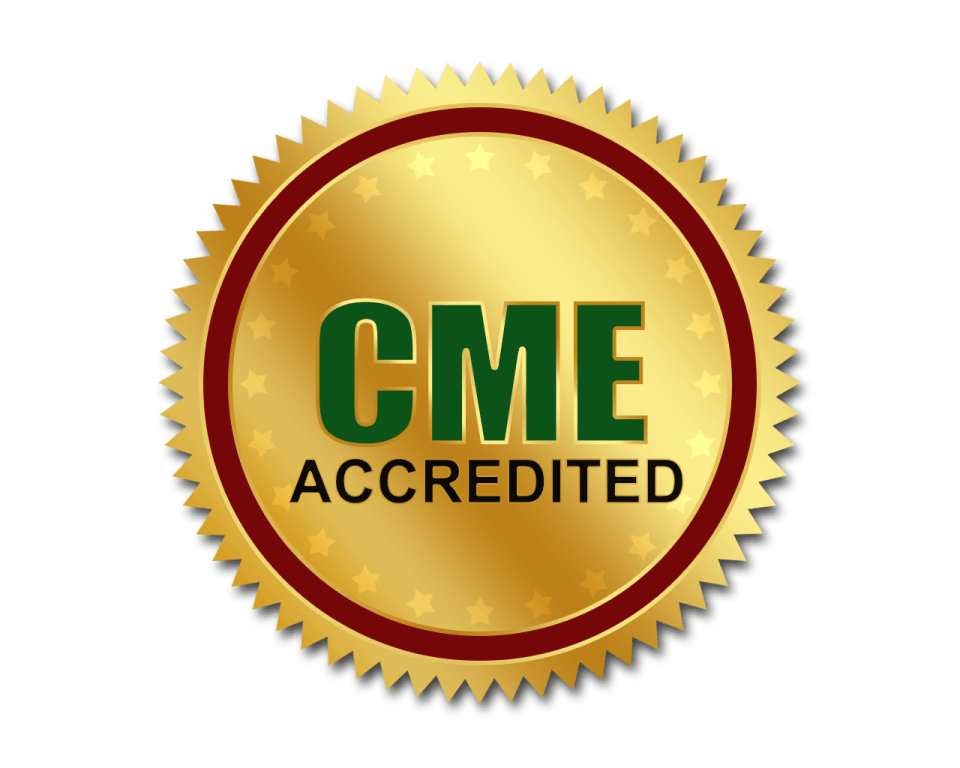
Biography
Biography: Menekse Eskici
Abstract
Education must be interactive and development is being followed process. In this process it is possible to follow improving by assessment activities. Measurement and assessment is indispensable factor in instructional curriculum. Because students want to know about their success and mistake in the process of education. Thus they will study more consciously and the study became more effectively. Assessment gives feedback about education process to teachers, students and parents. It is so important point fair treatment in assessment process as well. In this situation there is a question “how can be possible measure adequately whether or not learning has really occurred?â€. Students’ learning level can measure not only by exam tests but also other alternative evaluation tools (concept map, performance tasks, project, self-evaluation, structured grid, rubric, branched tree, drama, observation, control list, portfolio) extensively (Birgin, 2003; Corcoran, Dershimer & Tichenor, 2004; Leithner, 2011). Complex mixture of assessment models are taken into consideration in higher education. Exam tests, presentations, tasks, assignments which prepared by students can use together in education for comprehensively assessment (Gülbahar & Köse, 2006; Powell, 2013). In addition to students develop themselves by organizing work. Thereby students can track their own growth and determine their own deficient ( Baturaya & DaloÄŸlu, 2010). Systematic and purposefully collection of students’ working documents on their course is defined as portfolio (Arter & Spandel, 1992; Chang, 2008). Portfolio has a major role in teaching, learning and assessment activities. Portfolio acts as a mirror in the education process. Because it reflects students’ progress. It can be said that portfolio is an evidance about summative evaluation (Baume & Yorke 2002; Brown, 2003). Elwood & Klenowski 2002 point out that summative evaluation not enough in education. Formative and summative evaluation metods must use together for effective assessment. Portfolio can use as a formative evaluation tool. Protfolio enable to student became active in learning and assessment process (Güven & AydoÄŸdu, 2009). Because students carve works out frequently. Students research, write reports and present their work to create portfolio. Portfolio supports permanent learning (Ä°zgi & Gücüm, 2012) and improves students’ ability of creativity (Katırcı &Satıcı, 2010). Plus Chang, Liang and Chen’s (2013) view portfolio is useful for teachers. Because teachers can determine interest and ability of their students and guide them well. In accordance with this view Klenowski, Askew and Carnell, (2006) specify portfolio is very considerable learning and assessment tool in the higher education. Additionally portfolio is valuable tool for higher education. Because they help students and teachers to know what is occurring in their teaching program and help them unroll on their own failures and inadequacy as well as successes (Winsor, 1994). The data which obtained by portfolio must be reliable and valid for acceptance as a assessment tool (Dubrovich, 2002). Kan (2007) refers that the data which obtained by portfolio must be evaluated not only by a teacher but also other teachers and experts. Teachers’ and experts’ results must be consistent. In this direction Oskay, Schallies, and Morgil (2008) defined that portfolio is reliable and valid tool in the assessment process

